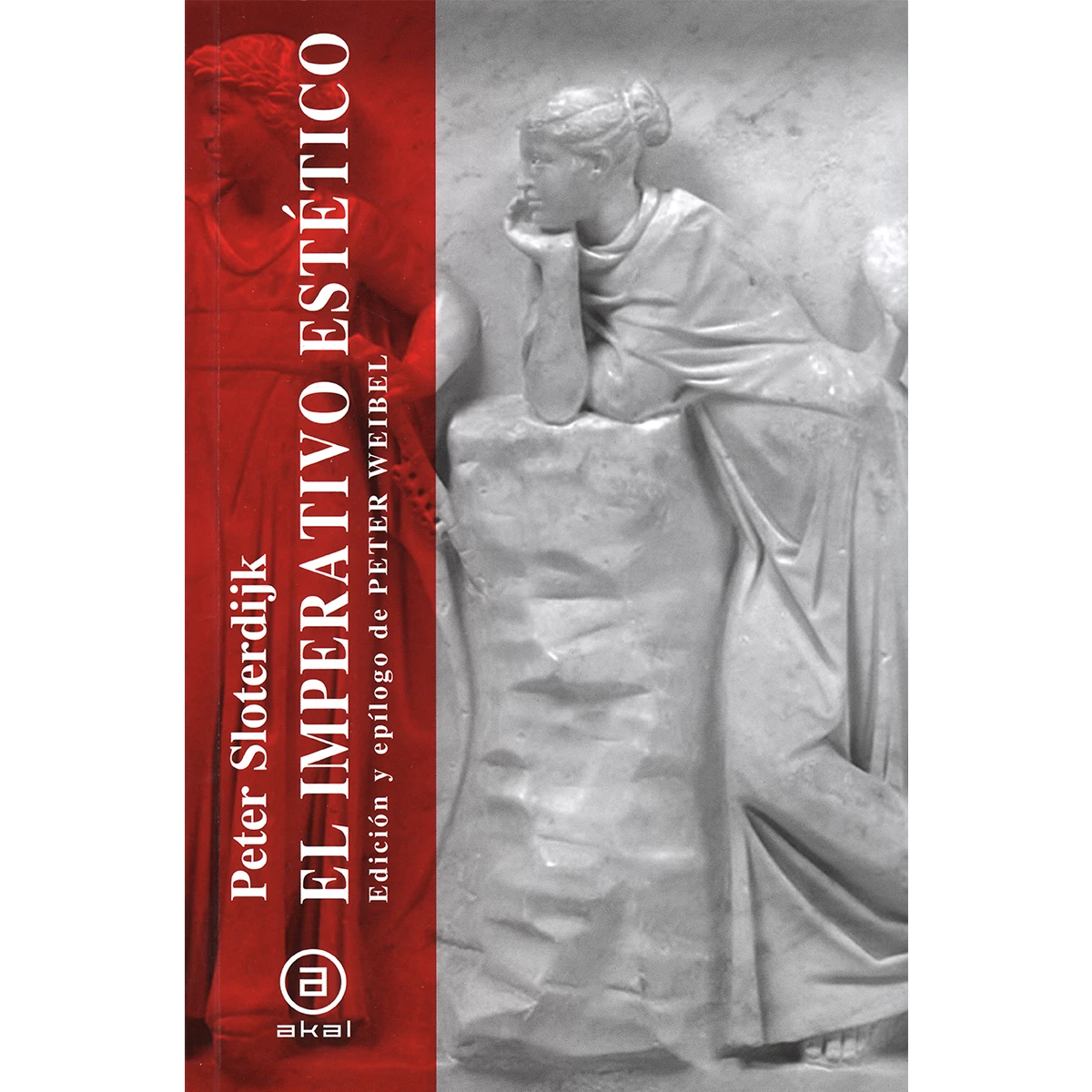
What do we talk about when we talk about beauty? Peter Sloterdijk and Byung-Chul Han are perhaps the two leading philosophers in the current German scene, and the translation into Spanish of The Aesthetic Imperative, a collection of writings on art that the former first published in 2014, is a cue to put it alongside Saving Beauty, an essay by the latter which was published in Spanish in 2015, at the same time as the original German. We have dealt with Sloterdijk before – long ago in Arquitectura Viva 88, commenting on his work on ‘atmoterrorism’ and its origins in the poisonous gases used in World War I, and more recently in issues 194 and 224, looking at two of his critiques of modernity – and Han has appeared in our pages both through reviews on his books – in Arquitectura Viva 165, 174, and 213 – and through pieces of his own, in 181 and 224, on themes as diverse as ‘The Slick’ (introduction to his essay on contemporary aesthetics), and ‘The Virus Era,’ the first of a series on the pandemic crisis.
The writings of the philosopher from Karlsruhe, compiled by Peter Weibel, which include numerous speeches and lectures, some catalog articles, and various heretofore unpublished manuscripts, illustrate the diversity of his interests: from music to film by way of the art system or museums, with sections on ‘Design’ and ‘City and Architecture.’ In the field of design, he stresses that inherent in all functionalism is a tendency to mess up things, and revives Heidegger’s discourse on ‘the thing,’ a pre-modern and ‘anti-design’ attitude as befits “a Catholic philosophy of artisans and peasants”; and in the sphere of architecture and urbanism, the extensive lecture on the city and its reverse – perhaps the best piece in the book, where he seeks the help of ten authors, from Pindar and Plato to Baudelaire – accompanies a conversation with the editors of archplus about his trilogy Spheres, and a passionate tribute to Daniel Libeskind on the completion of the Jewish Museum in Berlin. Overall, as Weibel says in the epilogue, the book reflects the aesthetic agnosticism of the philosopher, who considers the aesthetic of modernity inhumane and defends a law of desire inspired by Kant, Freud, and Lacan.
The essay by the Korean-German thinker – trained in Freiburg and Basel universities, and now a professor in Berlin – explores in a hundred exquisite pages the terse and hedonist aesthetic of our times, which he judges incompatible with true art, rooted as it is in a negativity that does not please, but moves. Against a slick and digital modernity, Han advocates an aesthetic of concealment and infringement, from the delirium of fright and horror that Plato attributed to contemplation of extreme beauty to Rilke’s terrifying beauty or Adorno’s broken beauty. With the sexualization of the body promoted by the beauty industry, he deplores Edmund Burke’s dismissal of rough angular bodies as incompatible with the delight associated with beauty, and proposes an aesthetic of truth and freedom, an ethic of the beautiful grounded on Aristotle or Hegel; and in the face of today’s worship of novelty, he upholds the experience of beauty as reminiscence, as fidelity, and as bonding.
Both being philosophers critical of modernity and nourished by classical thought, the sculptural fragments selected by their Spanish publishers perhaps express their elegiac sensitivity. Of this we talk about, too, when we talk about beauty.







